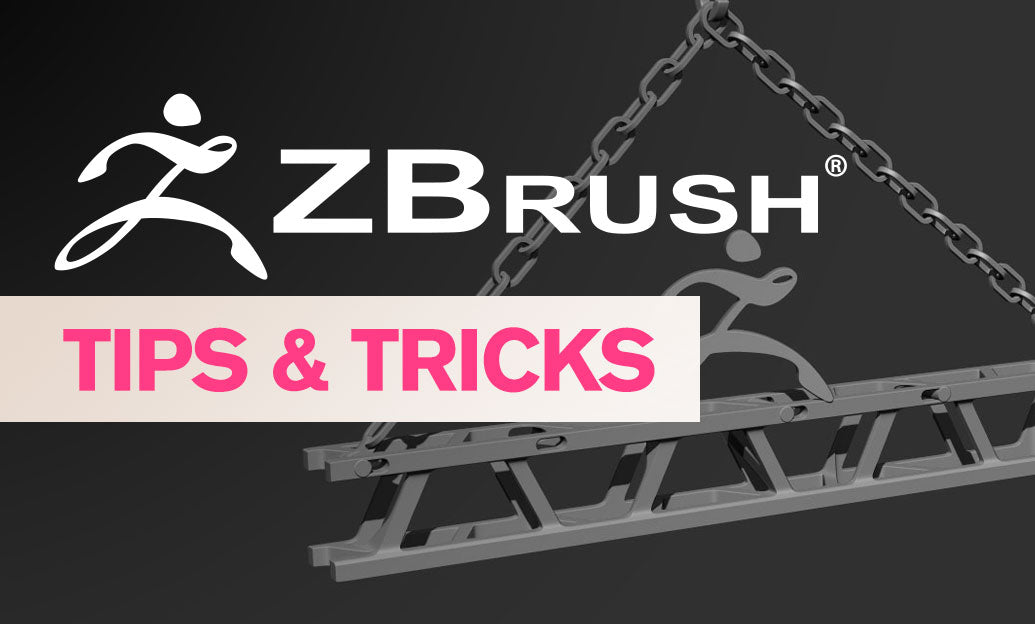Your Cart is Empty
Customer Testimonials
-
"Great customer service. The folks at Novedge were super helpful in navigating a somewhat complicated order including software upgrades and serial numbers in various stages of inactivity. They were friendly and helpful throughout the process.."
Ruben Ruckmark
"Quick & very helpful. We have been using Novedge for years and are very happy with their quick service when we need to make a purchase and excellent support resolving any issues."
Will Woodson
"Scott is the best. He reminds me about subscriptions dates, guides me in the correct direction for updates. He always responds promptly to me. He is literally the reason I continue to work with Novedge and will do so in the future."
Edward Mchugh
"Calvin Lok is “the man”. After my purchase of Sketchup 2021, he called me and provided step-by-step instructions to ease me through difficulties I was having with the setup of my new software."
Mike Borzage
AI-Driven Material Selection in CAD: Transforming Design Efficiency and Performance
August 22, 2024 5 min read


Introduction to AI-Driven Material Selection
Overview of Traditional Material Selection
In conventional design and engineering processes, material selection is crucial yet often labor-intensive. Traditionally, engineers rely on extensive knowledge databases, empirical data, and standardized material properties to select the most suitable materials for their designs. This manual process involves comparing material properties, such as tensile strength, thermal conductivity, and corrosion resistance, against design requirements. Despite its thoroughness, this approach is time-consuming and may overlook some innovative material options.
The traditional methods face several challenges and limitations, including:
- Time-consuming manual analysis and comparison of materials.
- Limited scope due to reliance on pre-existing material databases.
- Potential for human error and bias in material selection.
- Difficulty in simultaneously optimizing multiple performance metrics.
Emergence of AI in CAD
Recent advancements in Artificial Intelligence (AI) have begun to transform various aspects of Computer-Aided Design (CAD). AI algorithms can automate and enhance many design processes, including material selection. By integrating AI into CAD, engineers can leverage machine learning models and optimization techniques to identify the most appropriate materials more efficiently and accurately.
AI in material selection involves the use of sophisticated models that can learn from vast datasets, predict material performance, and optimize for multiple criteria simultaneously. This transformation is essential for improving design efficacy and innovation.
Importance of Optimized Material Selection
Optimized material selection is pivotal for achieving high performance and cost-efficiency in product design. Materials drastically influence the durability, functionality, and manufacturability of the final product. Enhanced material selection can lead to significant advantages such as reduced weight, improved strength, better thermal management, and lower costs.
Industries that benefit substantially from optimized material selection include:
- Aerospace: For lightweight, high-strength, and heat-resistant materials.
- Automotive: For safety, efficiency, and fuel economy improvements.
- Consumer Electronics: For durability, thermal management, and cost-effectiveness.
AI Algorithms and Techniques for Material Selection
Machine Learning Models
Machine Learning (ML) models play a central role in AI-driven material selection. These models can analyze large datasets to learn patterns and make predictions about material performance under various conditions. Common types of ML models used in material selection include:
- Decision Trees: Tree-structured models that break down decision-making processes into a series of binary choices.
- Neural Networks: Complex models designed to mimic the human brain, capable of learning intricate patterns from data.
- Support Vector Machines (SVMs): Models that find the optimal boundary between different classes of materials.
These models are trained using historical data, including material properties, environmental conditions, and performance outcomes. By learning from this data, ML models can predict which materials will best meet specific design criteria.
Data Sources and Inputs
The effectiveness of AI-driven material selection heavily relies on the quality and variety of data available. Typical data inputs for these models include:
- Material Properties: Physical and chemical properties such as tensile strength, density, thermal conductivity, and corrosion resistance.
- Environmental Conditions: Factors like temperature, humidity, and exposure to chemicals or radiation.
- Performance Metrics: Criteria such as durability, cost, manufacturability, and sustainability.
High-quality, diverse data ensures that AI models can make accurate and comprehensive predictions, leading to better material selection decisions.
Optimization Techniques
AI-driven material selection often involves advanced optimization techniques to identify the best materials for a given design. These techniques include:
- Genetic Algorithms: Optimization methods inspired by natural selection, where potential solutions evolve over generations to improve performance.
- Reinforcement Learning: A type of machine learning where models learn to make decisions by receiving rewards or penalties based on their actions.
- Multi-objective Optimization: Techniques that optimize multiple competing objectives simultaneously, such as minimizing weight while maximizing strength.
These optimization methods allow designers to explore a vast design space and identify materials that provide the best trade-offs between different performance metrics.
Case Studies and Real-World Applications
Case Study 1: Aerospace Industry
In the aerospace industry, AI-driven material selection has led to significant improvements in the design and performance of various components. Aerospace engineers often need materials that are lightweight yet strong, with excellent heat resistance. AI models can analyze extensive datasets of material properties and environmental conditions to recommend materials that optimize these critical performance metrics.
Case Study 2: Automotive Sector
The automotive sector also benefits from AI-driven material selection, particularly in enhancing safety and efficiency. AI can help identify materials that improve vehicle crashworthiness, reduce weight, and enhance fuel efficiency. By optimizing material choices, automotive manufacturers can reduce production costs while meeting stringent safety standards and performance requirements.
Case Study 3: Consumer Electronics
In consumer electronics, material selection is crucial for managing thermal properties, durability, and cost. AI-driven approaches can recommend materials that optimize these properties, ensuring better performance and longer lifespans for electronic devices. AI models consider factors such as heat dissipation, mechanical stress, and cost-effectiveness to identify the best materials for each application.
Future Trends and Challenges
Advancements in AI Technologies
The future of AI-driven material selection promises further advancements in AI technologies, which will enhance the accuracy and efficiency of material recommendations. Emerging technologies such as quantum computing hold significant potential for revolutionizing this field. Quantum computers could perform complex calculations at unprecedented speeds, enabling more sophisticated material optimization.
Integration with Emerging Technologies
AI-driven material selection is likely to be increasingly integrated with other emerging technologies such as the Internet of Things (IoT), digital twins, and additive manufacturing. This synergy can lead to more intelligent and adaptable design processes, where real-time data from IoT devices informs material choices, digital twins simulate material performance, and additive manufacturing enables the rapid prototyping of optimized designs.
Challenges and Ethical Considerations
While AI-driven material selection offers numerous benefits, it also presents challenges and ethical considerations. Some of these include:
- Data Privacy: Ensuring that sensitive data used in training AI models is protected and ethically sourced.
- Algorithmic Bias: Addressing potential biases in AI models that could lead to suboptimal or unfair material recommendations.
- Transparency: Maintaining transparency in AI decision-making processes to build trust and ensure accountability.
To overcome these challenges, it is essential to adopt best practices such as rigorous data governance, bias mitigation techniques, and clear documentation of AI processes.
Conclusion
AI-driven material selection in CAD represents a significant advancement in design and engineering processes. By leveraging AI algorithms and optimization techniques, engineers can make more informed and efficient material choices, leading to improved performance and cost-efficiency across various industries. As AI technologies continue to evolve, their potential to transform material selection and broader design processes will only grow, paving the way for more innovative and effective solutions in the future.
Also in Design News

AutoCAD Tip: Quick DIMSTYLE Setup for Standards-Compliant Dimensions
December 05, 2025 2 min read
Read MoreSubscribe
Sign up to get the latest on sales, new releases and more …




